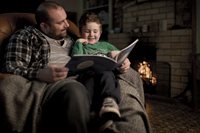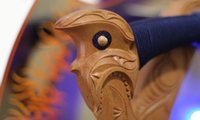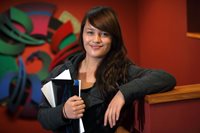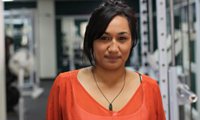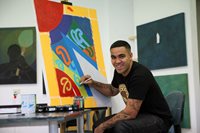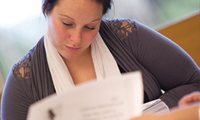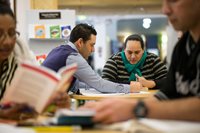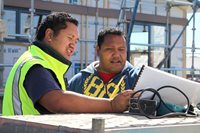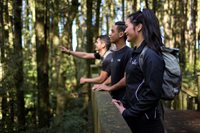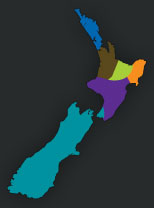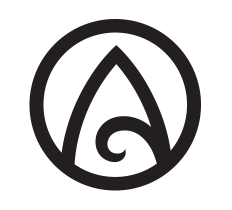Pic from left: Early learning Centre educator Ave Robertson, Lead Early Learning Tracey Mansell, Puna Manager Patricia Howarth of Nga Kākano O Te Manuka ELC (Early learning Centre)
A cultural lens focused on kaupapa Māori and Pasifika in early childhood education is being magnified at Ngā Kākano o Te Mānuka, all in the name of research.
The puna whakatupu, located at the Māngere campus of Te Wānanga o Aotearoa, is halfway through a two-year study into how contemporary early childhood services can better integrate indigenous culture to support and develop responsive teaching theory and practices.
With six early childhood centres involved in the research - which is funded through the Government's Teaching and Learning Research Initiative - partnerships have formed between TWoA, Victoria University and Pasifika communities in Wellington.
University of Waikato principal researcher Lesley Rameka says the project has come about after kaiako raised concerns about the disconnect between current theory and Māori perspectives around childrearing.
"To date, there is a noticeable gap in literature about Māori and Pasifika theory and practice in early childhood provision, which has an important role in building strong learning foundations to support the development of competent and confident learners," she says.
"Our goal is to create new knowledge by reclaiming traditional and contemporary Māori and Pasifika values and understandings of care and education for infants and toddlers."
Dr Rameka says the findings will help the development of theory and culturally-embedded practice, to create statements, themes, guidelines and examples for early childhood services.
At Ngā Kākano o Te Manukau, the project began earlier this year with the collection of pūrakau about traditional knowledge and exploring how these could be reframed in a modern day context.
Ngā Kākano o Te Mānuka manager Patricia Howarth says the outcome became a moteatea.
"Our vision for the mōteatea was to acknowledge the innate rangatiratanga in each tamaiti," she says.
"These kupu tautoko them to grow and be leaders wherever they find themselves."
Principal advisor Tracey Mansell says the main objective of the research is better educational outcomes.
"The overall aim therefore, is not only to support culturally-embedded infant and toddler provision in early childhood services, but to build knowledge about teaching and learning that will lead to significantly improved outcomes for learners."
Te Wānanga o Aotearoa has five puna whakatupu, in Gisborne, Hamilton, Tokoroa, Te Awamutu and Auckland.

